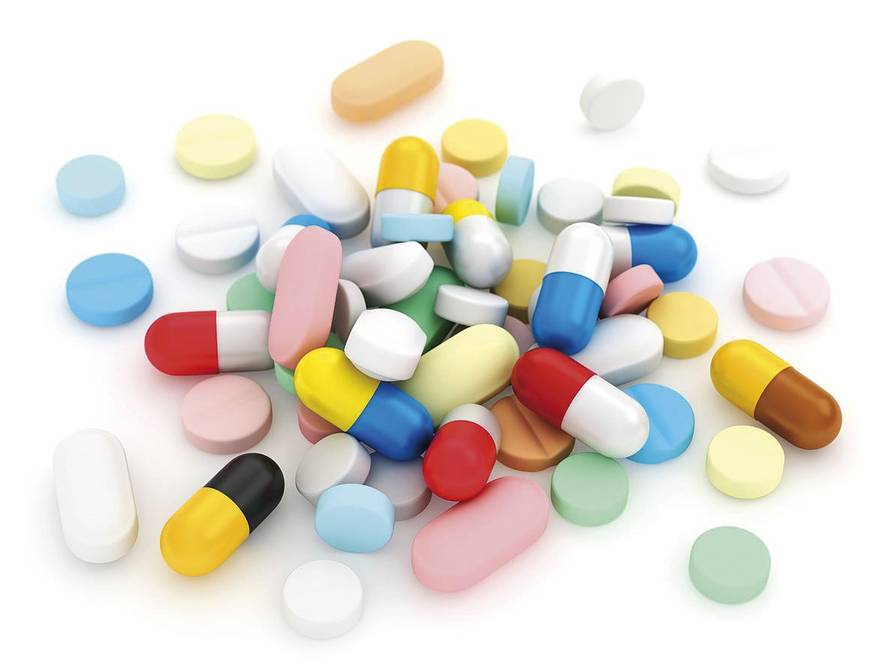What objectives does the pharmaceutical industry pursue?
Currently, according to information provided by the pharmaceutical laboratories themselves, the average expenditure on research and development for the commercialization of a new drug amounts to 1,200 million euros.
On the other hand, the benefits of pharmaceutical companies have increased considerably in recent decades. According to Fortune magazine, XXI. At the beginning of the 20th century, the first ten pharmaceutical companies integrated into the 500 largest companies in the United States obtained greater profits than the rest of companies: a benefit of 18.5% on sales. The most striking fact is that the benefits obtained between these ten pharmaceutical companies exceed those obtained jointly by another four hundred and ninety. The turnover of large pharmaceutical multinationals -- so-called bigfarmas -- is comparable to the GDP of many countries: Uruguay, Vietnam... As you can see, the pharmaceutical industry has a great global economic force.
On more than one occasion, it has been denounced that this industry publishes very high figures, especially in terms of investment in R&D, to justify the high prices of new drugs. He recently affirmed this in his book The Truth About the Drug Companies Marcia Angell, former editor of the New England Journal of Medicine. The costs in R&D of the pharmaceutical industry, for their magnitude, are inferior to the benefits. For the ten major pharmaceutical multinationals, the R&D share represents almost 15% of sales, while the budget dedicated to marketing and management accounts for about 36% of these revenues. This last section includes activities such as the "training" of physicians and the general population, the advertising and promotion of products, as well as the disproportionate salaries of executives of these companies. Some members of the management of these companies receive up to 15 million euros annually.
Faced with these financial giants, countries give up too often, while taking laws that significantly help and protect the interests of this sector. The Spanish state, with a moderate expenditure on public health with respect to the European average, is the country that has increased the pharmaceutical invoice in the last decade in the world, and the second, after France, in countries with the highest per capita pharmaceutical expenditure in the OECD. This increase is mainly due to the medicines used in the hospital.
The reason that our healthcare system carries an excessive expenditure on medicines is, to a large extent, the excess of prescription in the drug market of less than five years (far above the average of medicines in Germany and the United Kingdom, for example), the most expensive drugs compared to generic drugs. Many of these recipes are due to the pressure that the industry exerts on doctors through visitors. All this leads us to think that the pharmaceutical industry should do without, at all levels, the information and training of health professionals. Professional or university and hospital teaching institutions should be responsible for this training, with a totally independent funding from pharmaceutical laboratories.
Another proven fact is that new drugs that are marketed on many occasions have no advantages over those that already exist in the market, and that most (75% or more) are variants of previous drugs, called me-too-drugs. The reason why regulatory agencies agree to market so many superfluous drugs is that to market a new drug, it is enough to show that the effect is greater than a placebo, but it is not necessary to show that it is more effective than the best treatment available so far. On the other hand, the strategy to find me-too-drugs is based on the need for the laboratory to market an alternative to a drug that is about to expire the patent, and on the pretension that the competition will assume part of the market share of a given drug.
However, most me-too-drugs are marketed by rival laboratories with the intention of being introduced into a benefit market. Proof of this are statins (used to reduce cholesterol), antidepressants of the SSRI group, or antihypertensives of the ACEI group. However, when some drugs are not compared with others, the advantages that an active principle has over another of the same therapeutic group are practically null or are due, at most, to the dose that is taken.
However, it must be taken into account that the pharmaceutical industry plays a very important role in the promotion of health and that, on the other hand, it is logical, like any other company, to seek a return on its investment in research. If there is no minimum income, its diffusion would be paralyzed and the necessary benefit would not be obtained to carry out new research and develop new drugs.
However, all the agents involved should try to get the pharmaceutical industry back its initial role: developing drugs at an increasingly efficient and safe cost.







